
epa06080424 Nurses hold newly born children at the Guru Nanak Dev Hospital on the occasion of 'World Population Day’ in Amritsar, India, 11 July 2017. The current population of India in 2017 is 1.34 billion and is predicted replace China as the most populous country in the world by 2025, according to data and estimates by the United Nations (UN). The United Nations Population Fund (UNFPA) celebrates World Population Day on 11 July, which highlights how family planning can empower people and help developing nations. EPA/RAMINDER PAL SINGH Dostawca: PAP/EPA.
Indie: obecna populacja to 1.34 miliarda ludzi [GALERIA]
Obecna populacja Indii wynosi 1,34 miliarda ludzi i zgodnie z danymi i szacunkami Organizacji Narodów Zjednoczonych (ONZ) przewiduje się, że kraj ten wyprzedzi Chiny w liczbie ludności do roku 2025. Fundusz Ludnościowy Narodów Zjednoczonych (UNFPA) obchodzi Światowy Dzień Ludności właśnie 11 lipca. Organizacja ta podkreśla, że planowanie rodziny może umacniać ludzi i pomagać krajom rozwijającym się. Fot. PAP/EPA
- epa06080453 Indian passengers wait for public transport in Calcutta, Eastern India, 11 June 2017. The current population of India in 2017 is 1.34 billion and is predicted replace China as the most populous country in the world by 2025, according to data and estimates by the United Nations (UN). The United Nations Population Fund (UNFPA) celebrates World Population Day on 11 July, which highlights how family planning can empower people and help developing nations. EPA/PIYAL ADHIKARY Dostawca: PAP/EPA.
- epa06080423 Nurses hold newly born children at the Guru Nanak Dev Hospital on the occasion of 'World Population Day’ in Amritsar, India, 11 July 2017. The current population of India in 2017 is 1.34 billion and is predicted replace China as the most populous country in the world by 2025, according to data and estimates by the United Nations (UN). The United Nations Population Fund (UNFPA) celebrates World Population Day on 11 July, which highlights how family planning can empower people and help developing nations. EPA/RAMINDER PAL SINGH Dostawca: PAP/EPA.
- epa06080424 Nurses hold newly born children at the Guru Nanak Dev Hospital on the occasion of 'World Population Day’ in Amritsar, India, 11 July 2017. The current population of India in 2017 is 1.34 billion and is predicted replace China as the most populous country in the world by 2025, according to data and estimates by the United Nations (UN). The United Nations Population Fund (UNFPA) celebrates World Population Day on 11 July, which highlights how family planning can empower people and help developing nations. EPA/RAMINDER PAL SINGH Dostawca: PAP/EPA.

- epa06080431 A nurse holds a newly born child at the Guru Nanak Dev Hospital on the occasion of 'World Population Day’ in Amritsar, India, 11 July 2017. The current population of India in 2017 is 1.34 billion and is predicted replace China as the most populous country in the world by 2025, according to data and estimates by the United Nations (UN). The United Nations Population Fund (UNFPA) celebrates World Population Day on 11 July, which highlights how family planning can empower people and help developing nations. EPA/RAMINDER PAL SINGH Dostawca: PAP/EPA.
- epa06080432 Nurses hold newly born children at the Guru Nanak Dev Hospital on the occasion of 'World Population Day’ in Amritsar, India, 11 July 2017. The current population of India in 2017 is 1.34 billion and is predicted replace China as the most populous country in the world by 2025, according to data and estimates by the United Nations (UN). The United Nations Population Fund (UNFPA) celebrates World Population Day on 11 July, which highlights how family planning can empower people and help developing nations. EPA/RAMINDER PAL SINGH Dostawca: PAP/EPA.
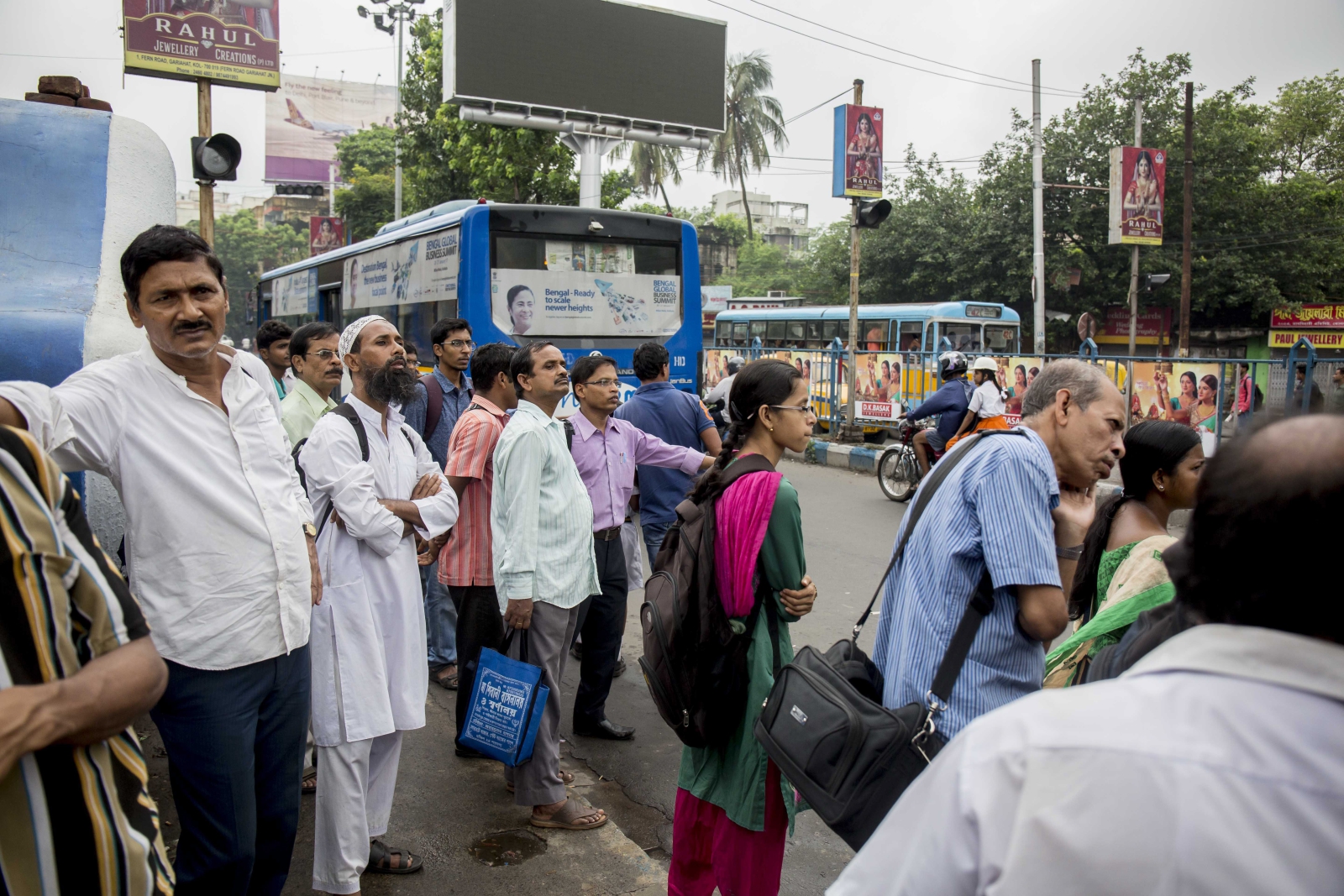
- Fot. EPA/PIYAL ADHIKARY
- epa06080451 An Indian woman walks past a garbage pile in Calcutta, Eastern India, 11 June 2017. The current population of India in 2017 is 1.34 billion and is predicted replace China as the most populous country in the world by 2025, according to data and estimates by the United Nations (UN). The United Nations Population Fund (UNFPA) celebrates World Population Day on 11 July, which highlights how family planning can empower people and help developing nations. EPA/PIYAL ADHIKARY Dostawca: PAP/EPA.
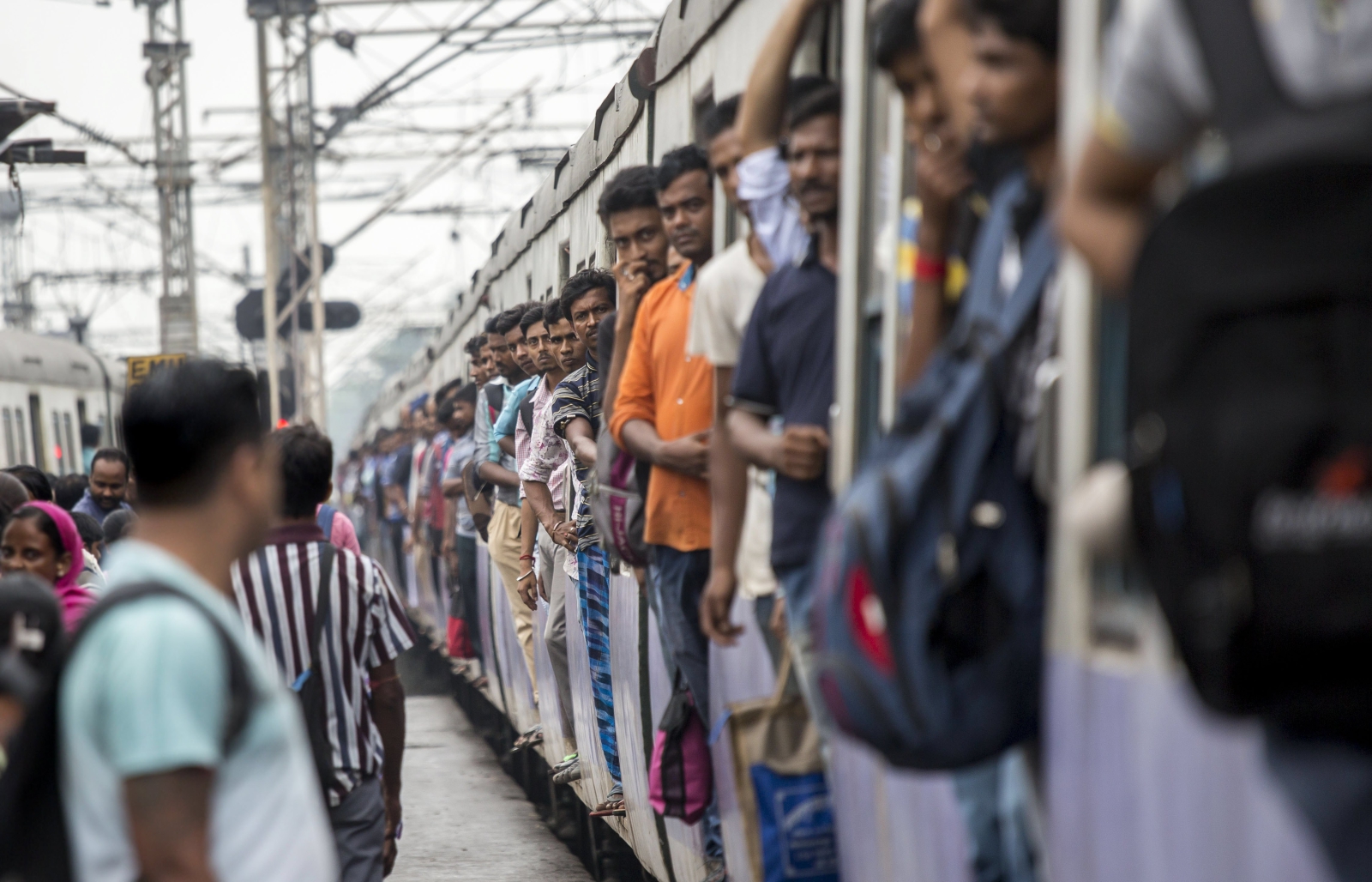
- epaselect epa06078752 Children sit to eat on pavement near their family roadside idol making workshop in Amritsar, India, 10 July 2017. The current population of India in 2017 is 1.34 billion and is predicted replace China as the most populous country in the world by 2025, according to data and estimates by the United Nations (UN). United Nations Population Fund (UNFPA) will celebrate World Population Day on 11 July, which highlights how family planning can empower people and help develop nations. EPA/RAMINDER PAL SINGH Dostawca: PAP/EPA.
- epa06078750 Children sit and play near bags filled with plaster used by their relatives for making idols near their roadside idol making workshop in Amritsar, India, 10 July 2017. The current population of India in 2017 is 1.34 billion and is predicted replace China as the most populous country in the world by 2025, according to data and estimates by the United Nations (UN). United Nations Population Fund (UNFPA) will celebrate World Population Day on 11 July, which highlights how family planning can empower people and help develop nations. EPA/RAMINDER PAL SINGH Dostawca: PAP/EPA.
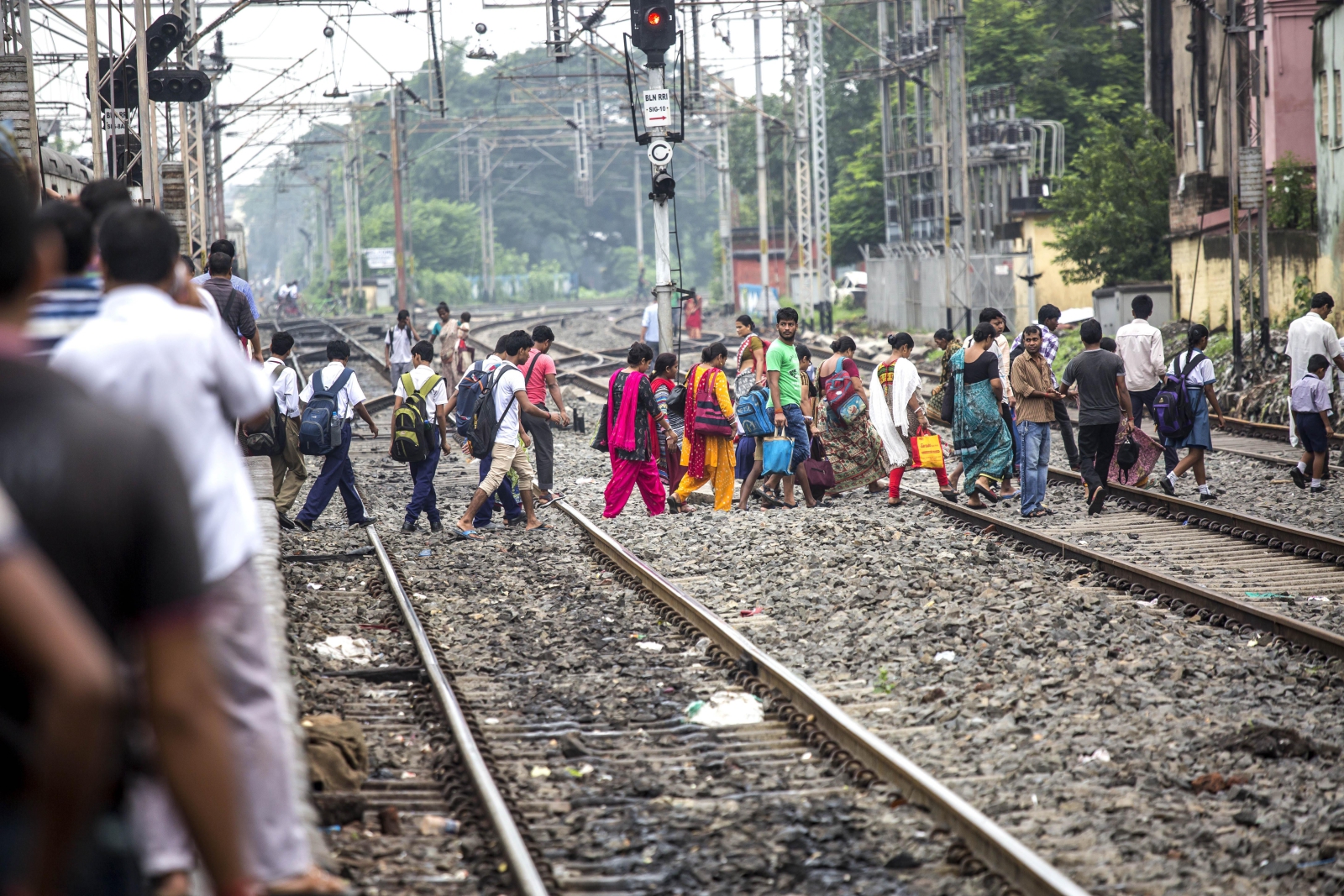










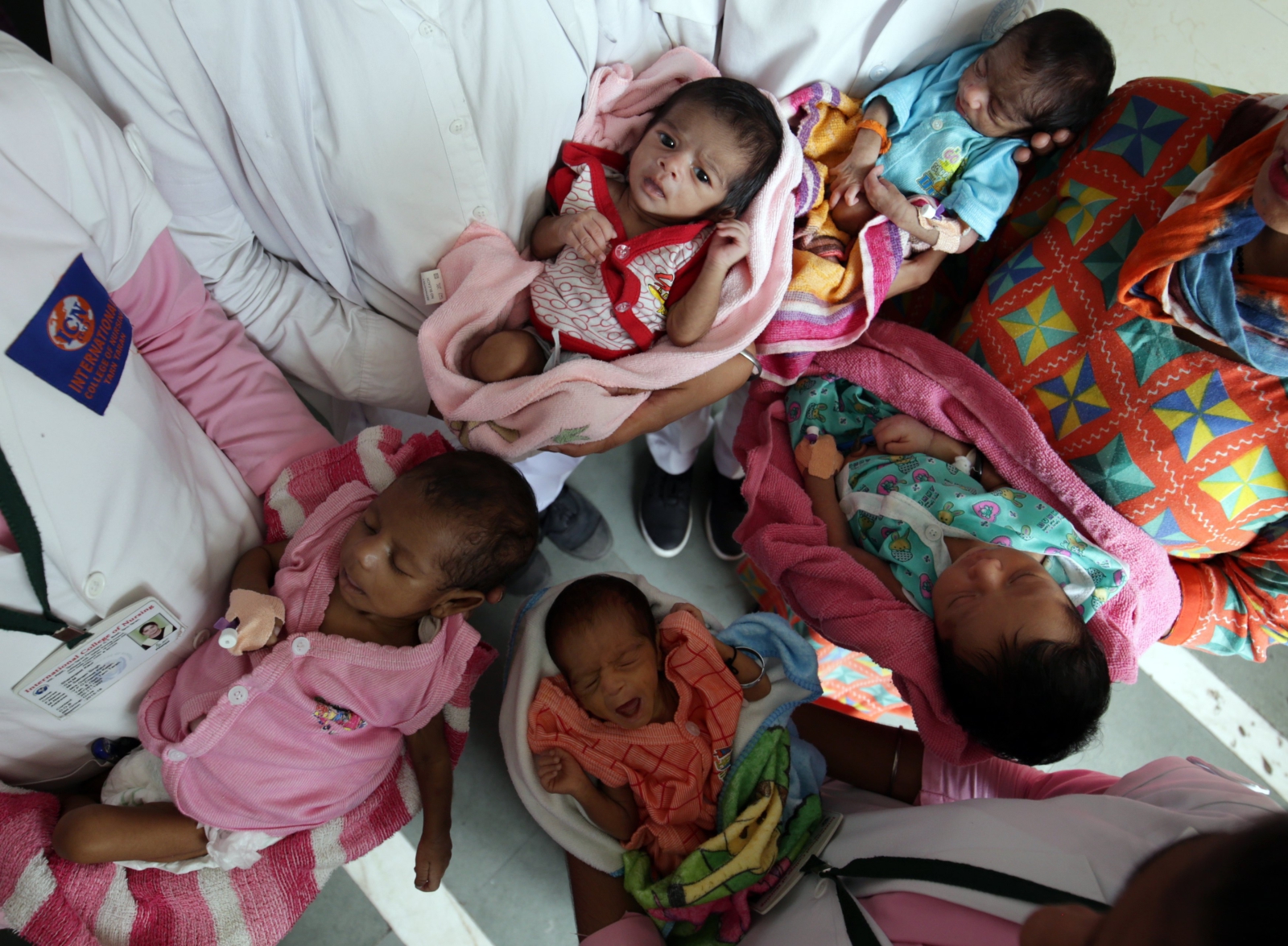



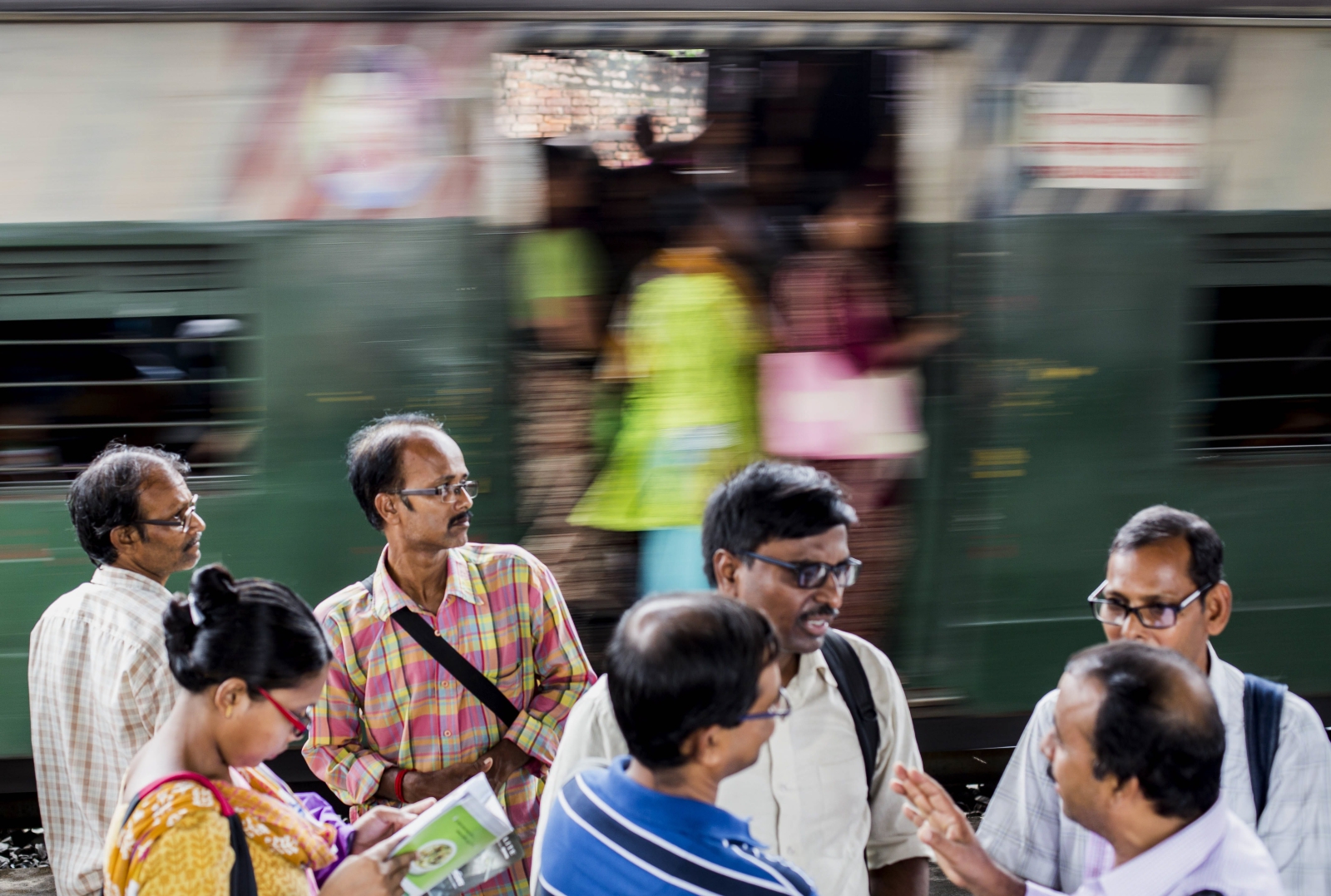



















 Wiadomości
Wiadomości Wideo
Wideo Modlitwy
Modlitwy Sklep
Sklep Kalendarz liturgiczny
Kalendarz liturgiczny